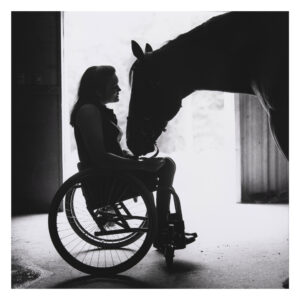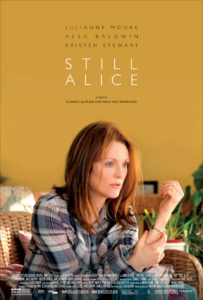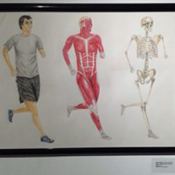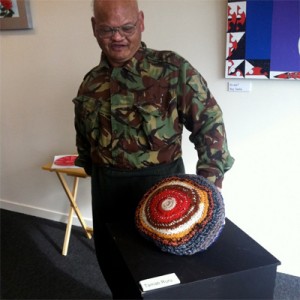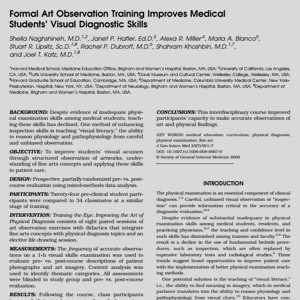
Political Advocacy in Occupational Therapy: A Professional Imperative
This study conducted interviews with occupational therapists to report on their perceptions of political advocacy. The interviews identified three key ways that advocacy fundamentally benefits OT: It helps practitioners fight for clients’ access to quality care; it advances the profession itself; and it can continually influence policy changes. But how can OTs find the time, and the space, to advocate? Quotes from interviewees bring the abstract down to the clinic level.




